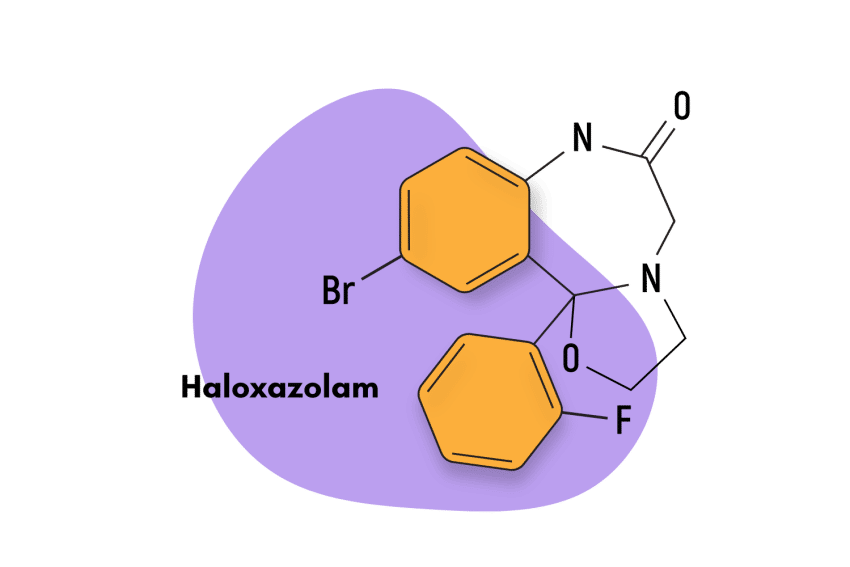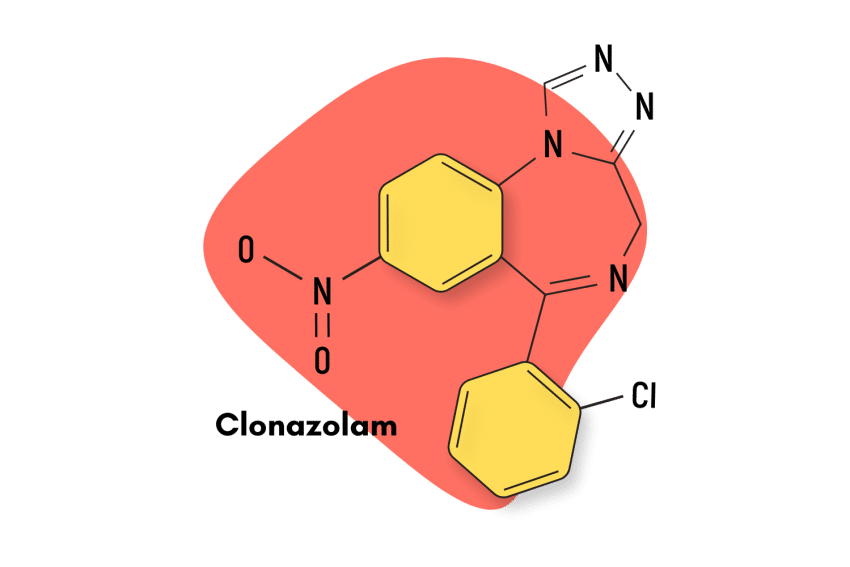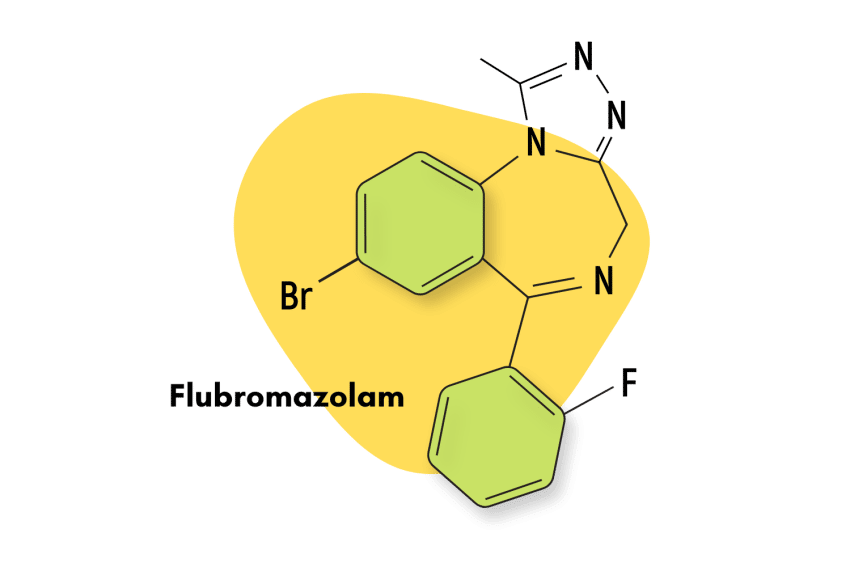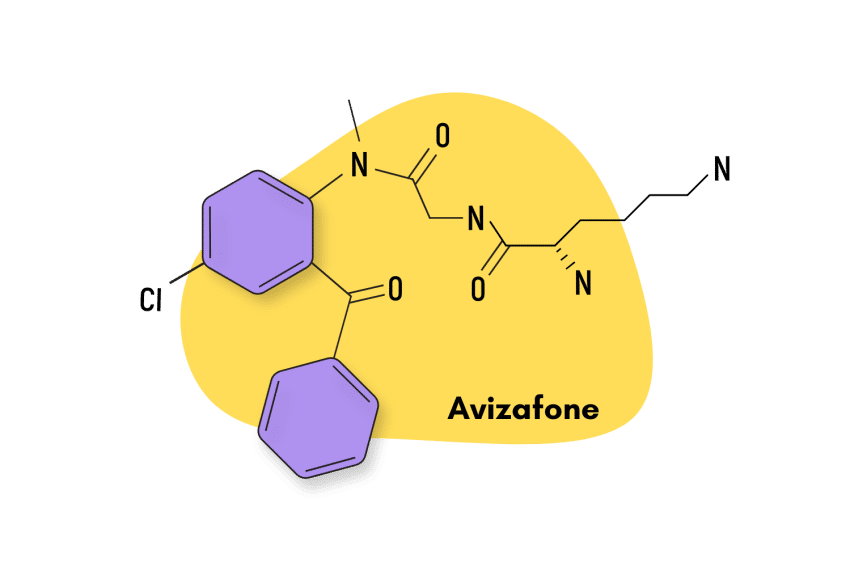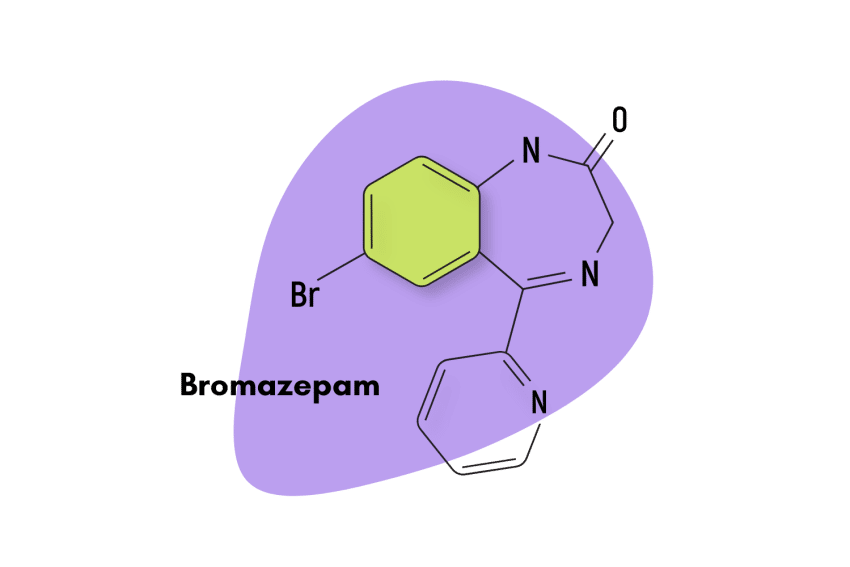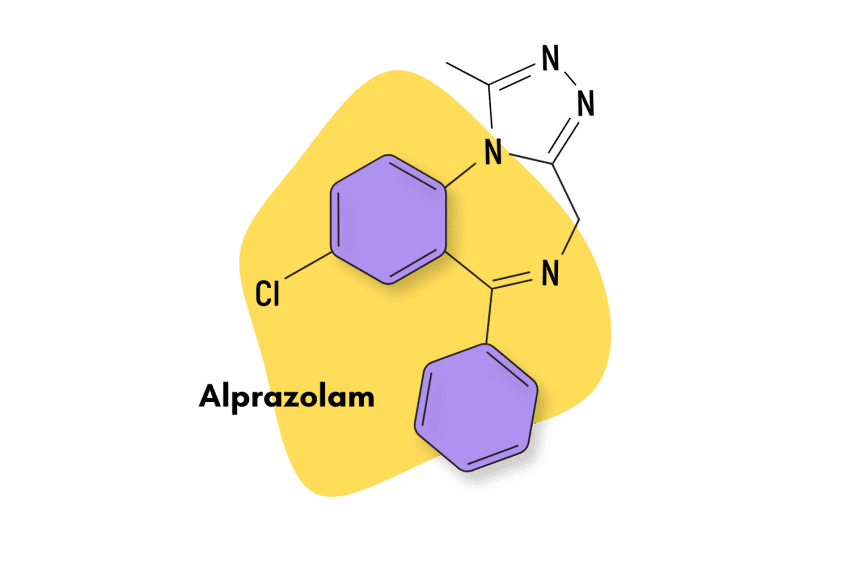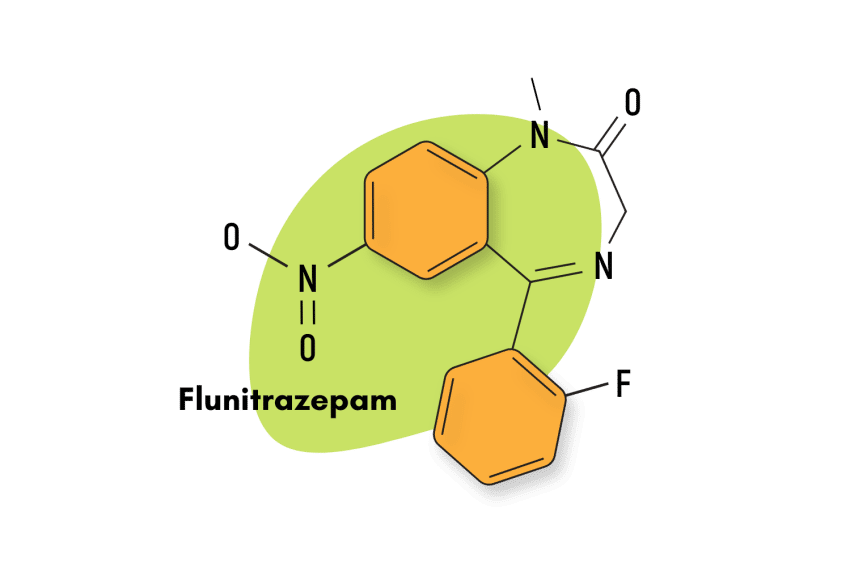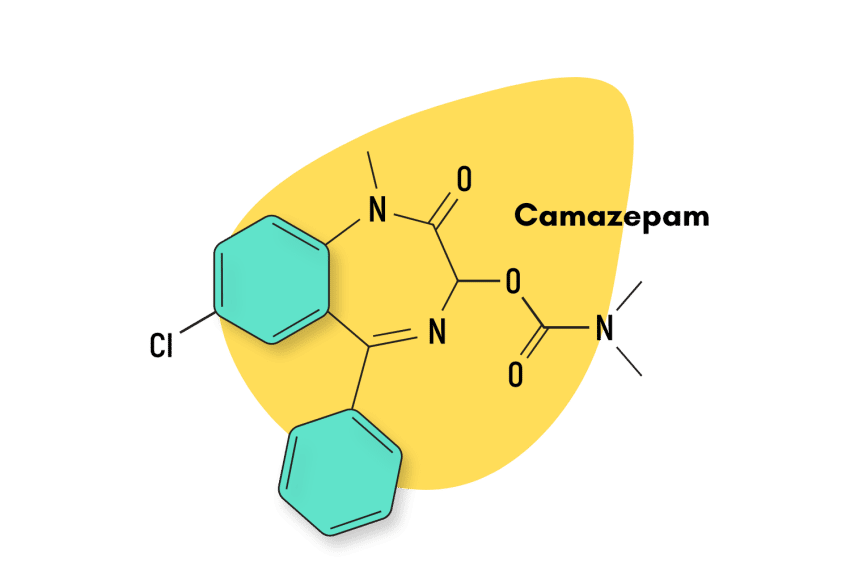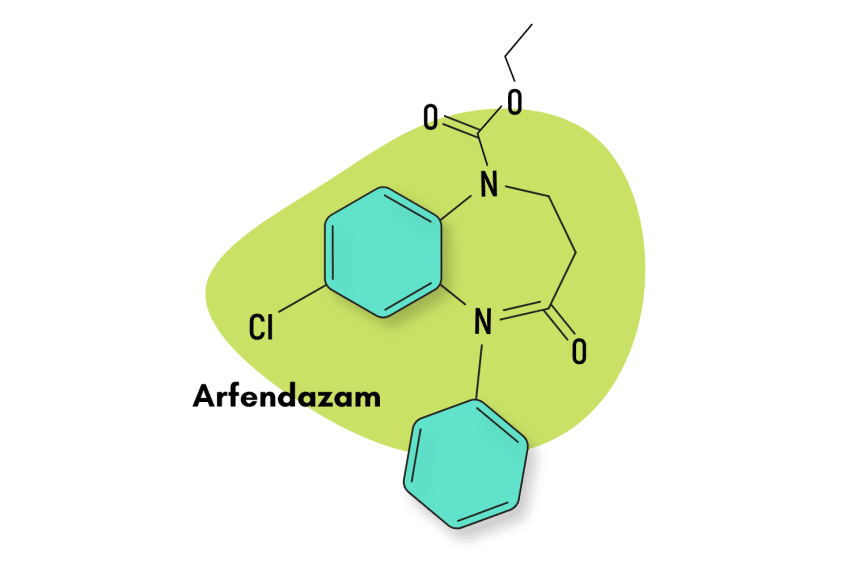2-Oxoquazepam User Guide (A Harm-Reduction Approach)
Very little is known about 2-oxoquazepam — but you may find it offered on designer drug marketplaces. Here’s what we know about it so far.
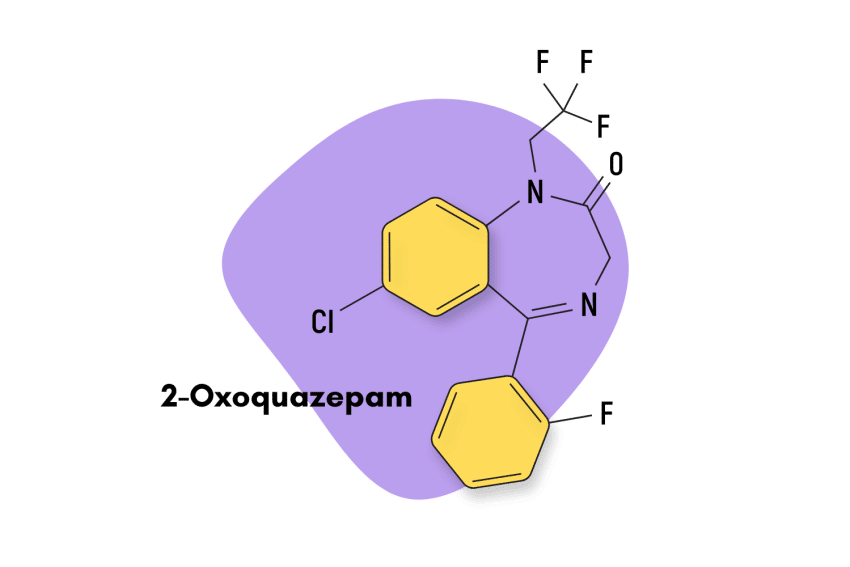
Developed by the Schering Corporation but never successfully brought to market, 2-oxoquazepam is a “classical” 1,4- benzodiazepine, which means it belongs to the largest benzodiazepine subclass.
Most of what we know about this drug comes from research on a closely-related compound called quazepam (Doral). 2-oxoquazepam is one of the active metabolites of this much more well-known benzodiazepine derivative.
The Schering Corporation developed 2-oxoquazepam to create a new treatment for insomnia, but the project was abandoned when early research proved unsuccessful.
This article will discuss how this drug works, what risks and side effects you can expect, tips for using benzodiazepines safely, and what natural alternatives you may want to consider.
2-oxoquazepam Specs
| Status | Research Chemical |
| Common Dosage | Unknown |
| PubChem ID | 93250 |
| CAS# | 49606-44-2 |
IUPAC Name: 7-chloro-5-(2-fluorophenyl)-1-(2,2,2-trifluoroethyl)-3H-1,4-benzodiazepin-2-one
Other Names: None
Metabolism: the elimination pathway of 2-oxoquazepam has not been meaningfully investigated.
Duration of Effects: the elimination half-life of 2-oxoquazepam is roughly 43 hours [1].

Benzodiazepine Dosage Equivalency Calculator
**Caution:** Benzodiazepines have a narrow therapeutic window. Dose equivalents may not be accurate in higher doses.
This calculator does not substitute for clinical experience and is meant to serve only as a reference for determining oral benzodiazepine equivalence.
Please consult a medical practitioner before taking benzodiazepines.
How Does 2-oxoquazepam Work?
As a 1,4-benzodiazepine, the primary mechanism of action of 2-oxoquazepam happens through its interactions with GABA-A molecules found in the brain and central nervous system. GABA is the body’s primary inhibitory neurotransmitter, and when benzodiazepine molecules bind to these receptors, they produce an allosteric effect that naturally potentiates this function.
As a result, the neurons in the brain and CNS become less likely to fire off an action potential, the electric signals they use to communicate. This, in turn, leads to a generalized depressive effect that gives rise to the traditional range of effects associated with benzodiazepines.
There is much more that needs to be understood about how exactly benzodiazepines interact with GABA-A molecules, especially regarding their differences in affinity to the different GABA-A subunits, which are thought to play a meaningful role in the determination of a benzodiazepine’s effect profile.
Since 2-oxoquazepam was developed as a hypnotic benzodiazepine, it likely has a high affinity for the α3 GABA-A receptor, which is involved in regulating wakefulness and sleep.
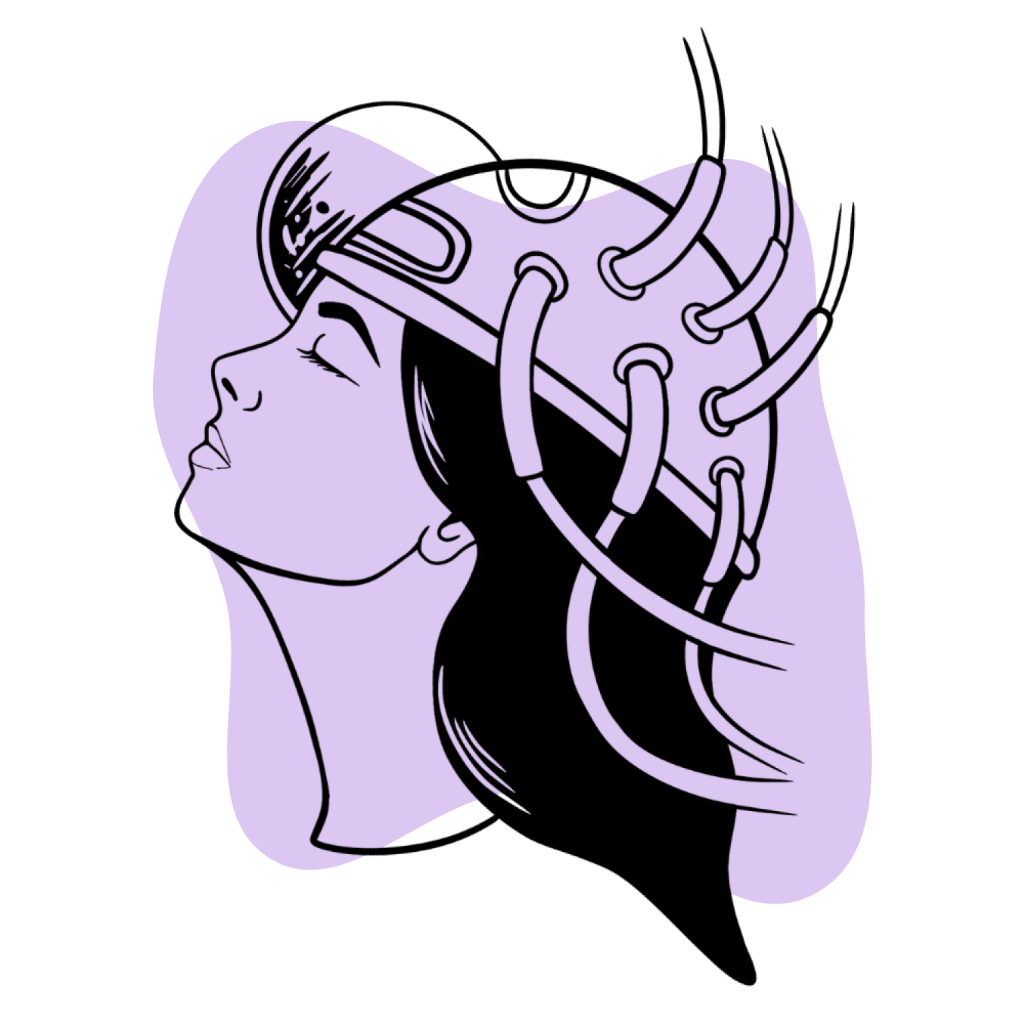
Is 2-oxoquazepam Safe? Risks & Side Effects
All benzodiazepines share an inherent risk. There are meaningful differences between them, especially regarding potency, the potential for side effects, and the formation of misuse habits, but, in general, they all present a common set of dangers.
Like all prescription drugs, the risks of using benzodiazepines are sharply elevated when misuse is factored into the equation. Most benzodiazepine-related fatalities come from misuse, especially recreational polydrug abuse.
Side Effects of 2-oxoquazepam
There are no meaningful studies we can turn to determine the specific incidence of adverse effects when it comes to 2-oxoquazepam. However, since all benzodiazepines elicit a common set of side effects, we can make a rough guess as to what the side effects profile of 2-oxoquazepam would look like.
Common benzodiazepine side effects include:
- Confusion
- Depression
- Dizziness
- Drowsiness
- Impaired coordination, increasing the risk of falls and accidents
- Increased anxiety
More severe but rarer side effects include:
- Changes in sexual desire
- Difficulty urinating
- Digestive disturbances
- Headaches
- Incontinence (loss of bladder control)
- Increased saliva production
- Low blood pressure
- Rashes
- Sight problems, such as double vision
- Tremors (shaking)
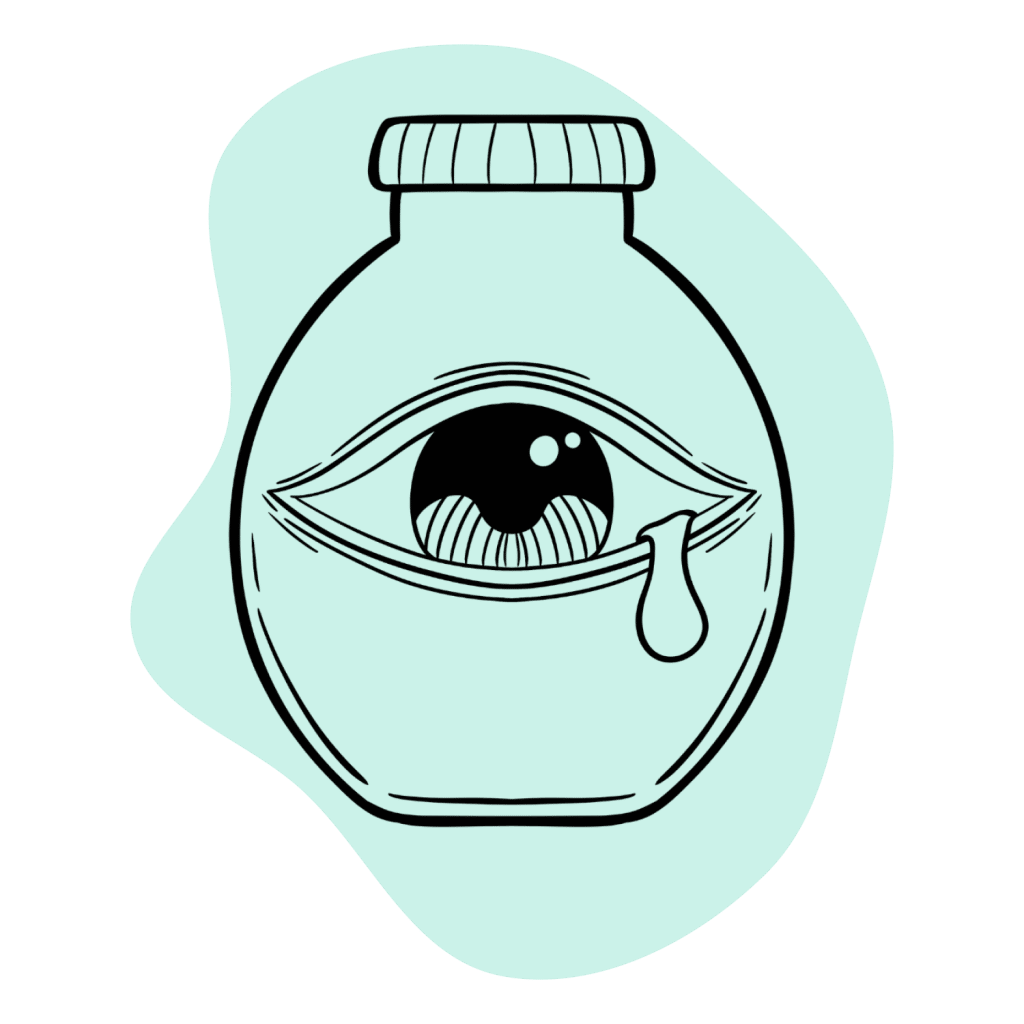
Benzodiazepine Withdrawal & Dependence
Due to their known capacity to engender physical dependence and withdrawal symptoms among users, the vast majority of benzodiazepines are classified as Schedule IV compounds in the Controlled Substances Act.
The risk of dependence while using a benzodiazepine is one of the most significant factors doctors have to deal with. For this reason, it’s standard practice for doctors to limit a benzodiazepine treatment to the shortest possible time. Some benzodiazepines are so adept at causing dependence that doctors don’t prescribe them for more than seven to 10 consecutive days.
Due to the lack of research on 2-oxoquazepam, it’s unclear exactly how addictive this drug is compared to others in its class — but it’s recommended to apply the same logic when taking it and avoid taking it for any longer than about ten days.
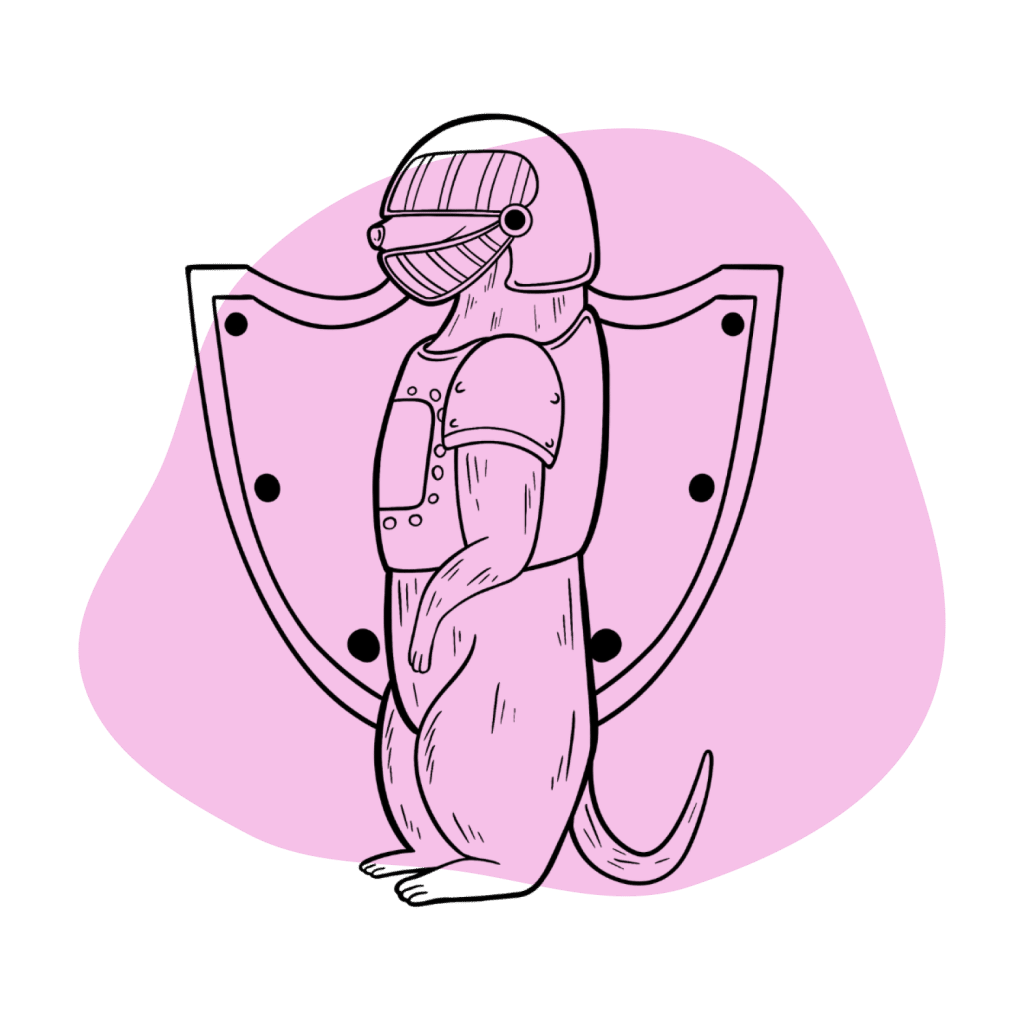
Harm Reduction: 2-oxoquazepam
2-oxoquazepam isn’t available through legal outlets or pharmacies. However, this drug is relatively common in designer drug circles and can be found on grey market or black market vendor sites.
Because of this, the most important thing to consider when using this drug is to test a sample before you take it. The risk of adulteration when ordering from illicit vendors is very high. In most cases, benzodiazepines are adulterated with other benzodiazepine drugs — some of which have significantly lower dosages than the intended substance. In rarer cases, benzodiazepines are adulterated with other, potentially more dangerous substances like fentanyl.
Harm Reduction Tips For Benzodiazepine Drugs:
- 🥣 Don’t mix — Mixing benzodiazepines with other depressants (alcohol, GHB, phenibut, barbiturates, opiates) can be fatal.
- ⏳ Take frequent breaks or plan for a short treatment span — Benzodiazepines can form dependence quickly, so it’s important to stop using the drug periodically.
- 🥄 Always stick to the proper dose — The dosage of benzos can vary substantially. Some drugs require 20 or 30 mg; others can be fatal in doses as low as 3 mg.
- 💊 Be aware of contraindications — Benzodiazepines are significantly more dangerous in older people or those with certain medical conditions.
- 🧪 Test your drugs — If ordering benzos from unregistered vendors (online or street vendors), order a benzo test kit to ensure your pills contain what you think they do.
- 💉 Never snort or inject benzos — Not only does this provide no advantage, but it’s also extremely dangerous. Benzos should be taken orally.
- 🌧 Recognize the signs of addiction — Early warning signs are feeling like you’re not “yourself” without the drug or hiding your habits from loved ones.
- ⚖️ Understand the laws where you live — In most parts of the world, benzodiazepines are only considered legal if given a prescription by a medical doctor.
- 📞 Know where to go if you need help — Help is available for benzodiazepine addiction; you just have to ask for it. Look up “addiction hotline” for more information where you live. (USA: 1-800-662-4357; Canada: 1-866-585-0445; UK: 0300-999-1212).
2-oxoquazepam Drug Interactions
Benzodiazepines should never be used concomitantly with other compounds with sedative effects. This includes opioids, alcohol, phenibut, GHB, barbiturates, or other benzodiazepines.
Taking drugs with similar effect profiles like this is extremely dangerous because it dramatically increases the risk of overdosing on one or more of these substances. Benzodiazepines alone carry a relatively low risk of overdose — however, when used in combination with other drugs, this risk increases substantially. The vast majority of cases of people overdosing on benzodiazepines had other sedative drugs in the system at the same time.

2-oxoquazepam Contraindications
There are certain situations where benzodiazepines should be avoided altogether. This includes factors such as age, certain medical diagnoses, or past relationships with other addictive drugs.
Benzodiazepines are contraindicated for the following:
- Bronchitis
- Chronic obstructive pulmonary disease (COPD)
- Conjunctive use of barbiturates, opiates, or those suffering from alcoholism
- Intellectual disabilities due to frequent paradoxical reactions
- Major depression
- Myasthenia gravis
- Over the age of 65 (high risk)
- History of drug abuse
- Personality disorders
- Sleep apnea
Similar Benzodiazepines
Since there is so little information about 2-oxoquazepam, it’s hard to determine what other benzodiazepines are comparable. However, we can still make some educated assumptions based on what we do know.
Quazepam
Quazepam is a prodrug of 2-oxoquazepam, which means it’s converted to this substance by the liver. This likely means that both compounds are comparable in terms of their effects.
Users generally describe quazepam and 2-oxoquazepam as distinct in terms of their effects, but the exact differences reported aren’t consistent. Most users suggest 2-oxoquazepam is more sedative and is more likely to cause side effects such as memory loss and mental “fogginess” than quazepam.
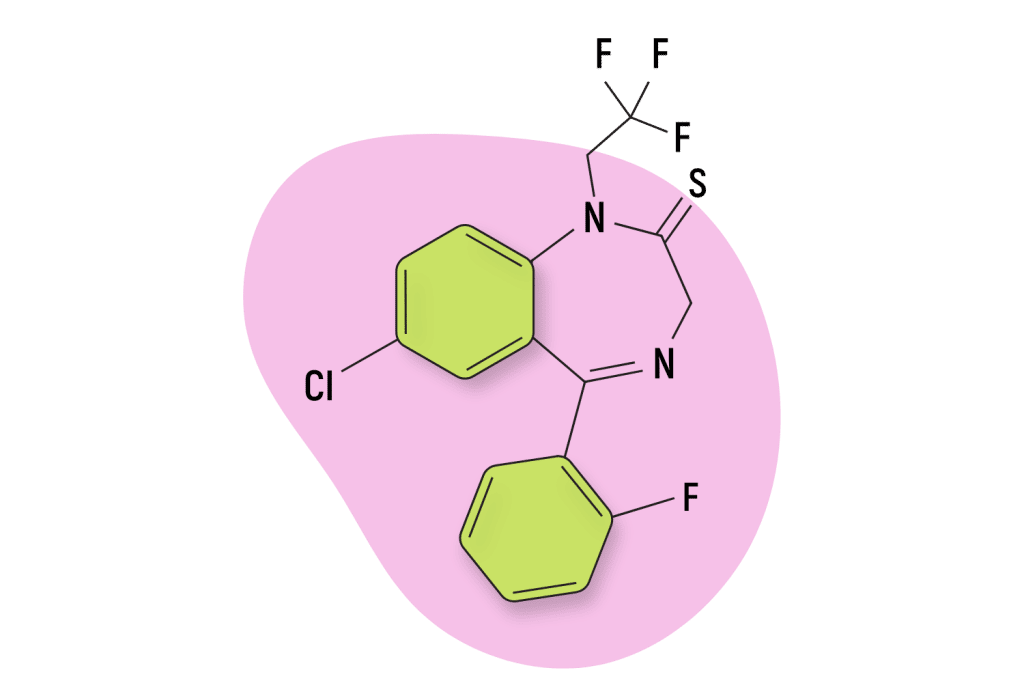
Natural Alternatives to Benzodiazepines
Natural alternatives to prescription compounds have begun to gain a lot of popularity in recent years as more and more people are becoming interested in abandoning these drugs for safer alternatives. Here are two of the best natural benzodiazepine alternatives!
Kava
The kava plant (Piper methysticum) is a tropical plant species that has proven its effectiveness in producing states of calm and sedation [2]. It achieves these effects through compounds called kavalactones which interact with GABA-A receptors and potentiates their natural inhibitory functions, although in a different way than benzodiazepines.
However, it’s important to mention that natural compounds like kava will never be as potent as prescription benzodiazepines. But they are much safer.

Kratom
Despite its growing popularity, the kratom plant (Mitragyna speciosa) has come under fire in recent years due to its involvement in several opioid-related deaths. The kratom plant is much safer than synthetic benzodiazepines or opioids. However, it is still a compound that can depress the CNS, and, as explained before, when combined with other compounds that have this quality, the result is often deadly.
But you shouldn’t let this scare you off kratom! When taken by itself and in responsible quantities, kratom is incredibly safe!
And in terms of its effects, kratom is an amazing natural compound. Not only does it have anxiolytic and sedative qualities, but it can also act as a stimulant and a euphoric [3].

References
- Chung, M., Hilbert, J. M., Gural, R. P., Radwanski, E., Symchowicz, S., & Zampaglione, N. (1984). Multiple‐dose quazepam kinetics. Clinical Pharmacology & Therapeutics, 35(4), 520-524.
- Pittler, M. H., & Ernst, E. (2003). Kava extract for treating anxiety. Cochrane Depression, Anxiety and Neurosis Group. Cochrane Database Syst Rev, 3.
- Eastlack, S. C., Cornett, E. M., & Kaye, A. D. (2020). Kratom—Pharmacology, clinical implications, and outlook: a comprehensive review. Pain and therapy, 9(1), 55-69.

